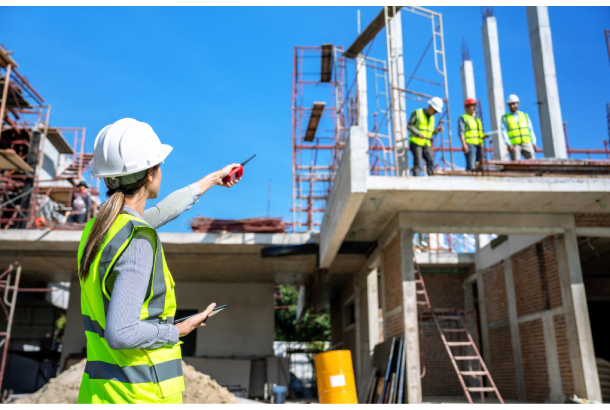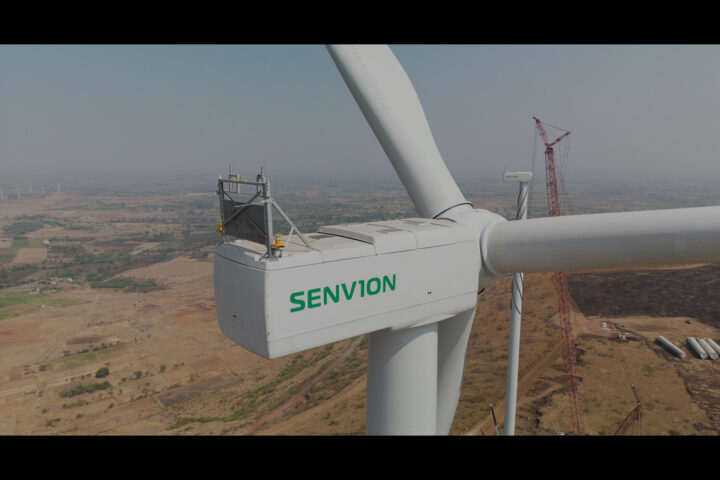by Pramod Goel, Senior VP-Digital Infrastructure Partnership, iBUS Network
The arrival of 5G has catalyzed a new era for India’s telecommunications, impacting various sectors like agriculture, education, and manufacturing. One area poised for significant impact is the construction industry, where 5G’s high-speed, low-latency capabilities enable smart construction to leverage real-time data for efficient project management, equipment monitoring, and site safety—even in remote locations. As of late 2023, 5G adoption in India has risen to 119 million subscriptions, and by 2029, this figure is projected to reach 840 million, establishing India as a critical player in the global telecom landscape. This growth creates a favorable backdrop for 5G-powered smart construction, where a convergence of connectivity and advanced IoT solutions promises to reshape the industry.
Enhanced connectivity in outdoor areas
With over 300,000 outdoor 5G-ready sites across India, construction projects can benefit from seamless high-speed connectivity, even in rural regions where traditional internet infrastructure is sparse. A major advantage of 5G in construction is its capacity to facilitate equipment tracking and monitoring. Tools, machinery, and materials can be monitored in real-time, preventing loss, reducing misplacements, and ensuring resource efficiency—ultimately saving costs and reducing environmental impact. Additionally, 5G-enabled video conferencing and virtual collaboration allow project teams to connect remotely and make quicker, well-informed decisions. The ultra-low latency of 5G also enables augmented reality (AR) and virtual reality (VR) applications, allowing teams to visualize designs and make changes on-the-fly, whether for building plans or structural modifications. Moreover, 5G drones can survey and monitor sites, transmitting live video feeds directly to managers and engineers, enhancing oversight and responsiveness to on-site developments.
Smart site management for greater efficiency
In construction, managing multiple moving parts efficiently is essential. 5G’s rapid data transfer capabilities support real-time site management, where project elements are monitored constantly. For instance, construction equipment embedded with 5G-enabled sensors can transmit real-time data, optimizing equipment allocation and ensuring safety. Fleet management benefits from instant location data, allowing managers to allocate resources and personnel precisely where needed. It also plays a key role in workforce management, as wearables equipped with 5G connectivity can track worker locations and monitor health indicators, contributing to a safer work environment. Furthermore, smart waste management systems relying on 5G networks can monitor material usage, reduce waste, and optimize recycling, supporting sustainable construction practices.
Safety and security enhancements through 5G
Safety remains a top priority on construction sites, and 5G-powered IoT devices add a new layer of security. With wearable devices connected through 5G, workers are alerted to potential safety hazards in real time, helping prevent accidents. AI-driven monitoring systems can track safety compliance, creating a safer environment for all personnel on-site. In addition, 5G allows for continuous site surveillance through smart security systems, such as Wi-Fi-enabled cameras and smart locks, which protect valuable assets and reduce losses. The application of 5G-powered digital twins—virtual replicas of physical assets—enables predictive maintenance by providing insights into the health of equipment. This capability allows project managers to proactively manage machinery and prevent costly downtime.
Paving the way for 5G in post-construction applications
The potential of 5G goes beyond active construction phases, extending into post-construction applications within indoor environments. Although fully utilizing 5G indoors will take time due to capital requirements for infrastructure such as Multiple-Input Multiple-Output (MIMO) systems, some leading neutral digital infrastructure players are making strides by offering pay-as-you-use solutions for operators. This plug-and-play infrastructure model enables more financially viable 5G adoption in indoor spaces. In post-construction, 5G enables applications like structural health monitoring, where sensors embedded in the building infrastructure track structural integrity and identify maintenance needs. Energy-efficient systems connected through 5G can optimize building operations, turning facilities into “smart buildings” with real-time data that enhances operational efficiency. Some of the new-age digital infrastructure companies are also pioneering energy-efficiency-as-a-service models, ensuring that buildings are not only connected but also optimized for sustainability.
Addressing challenges and preparing for the future
While the advantages of 5G in construction are evident, widespread implementation still faces challenges. Establishing 5G infrastructure, particularly in rural or remote areas, requires significant investment. For smaller construction firms, the cost of adopting 5G-enabled technology can be prohibitive. In addition, despite the push for deployment, the high initial capital required for 5G technology remains a hurdle. India’s ongoing spectrum allocation disputes, especially around the coveted 6 GHz band, further complicate implementation timelines. However, the future for 5G in smart construction is promising. As the technology matures and becomes more accessible, 5G has the potential to redefine how construction sites operate, moving from concept to completion with unprecedented connectivity and efficiency.


















